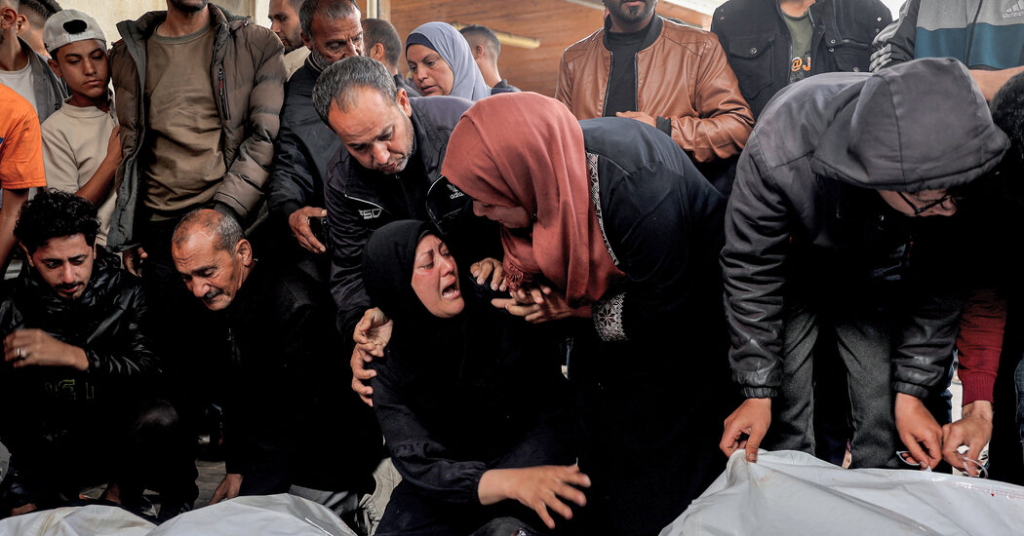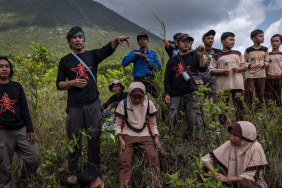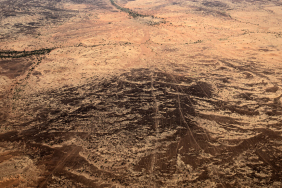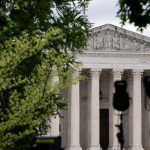
Iran’s attack on Israel has shifted focus from the war in Gaza, but Israeli military operations press on there with the aim of eliminating Hamas, the armed group that controlled the territory before the fighting began.
Israel’s military launched its assault in Gaza after Oct. 7, when Hamas led an attack that Israeli authorities say killed around 1,200 people. Israel said its aims were to defeat Hamas and free the hostages taken that day, around 100 of whom remain in Gaza. Local health authorities say the war has killed more than 33,000 people, and the United Nations says the population is on the brink of famine.
Here is a look at where the military conflict stands:
Southern Gaza
Israel withdrew its forces from southern Gaza this month, but Prime Minister Benjamin Netanyahu has said that the military still plans to invade Rafah, Gaza’s southernmost city, to “complete the elimination of Hamas’s battalions” and to destroy its tunnel networks.
The timing of any operation in Rafah, on the border with Egypt, is unclear. President Biden is among many world leaders who have urged Israel not to invade the city because of the harm it could cause civilians. Rafah’s population has swelled to over a million, as people have flocked there for shelter from fighting elsewhere, and border crossings in southern Gaza are a main conduit for humanitarian aid.
Northern Gaza
Israel began its ground invasion in northern Gaza in late October, urging civilians to leave. Much of the north, including Gaza City, has been destroyed by airstrikes and ground combat. Israel began to pull its forces from northern Gaza in January, saying it had dismantled Hamas’s military structure there.
In March, however, Israeli troops mounted an operation at Al-Shifa Hospital, in Gaza City, where it said Hamas fighters had returned. Israeli troops said they had killed about 200 fighters and captured 500 more. The hospital, once Gaza’s largest, was left in ruins.
Some analysts said the raid showed that by leaving northern Gaza without a plan in place for governing the area, Israel had made it possible for Hamas to return. At the same time, some civilians who had fled south and attempted to return via a coastal road said this week that Israeli forces had fired on them. Their testimony could not be independently confirmed.
Central Gaza
The Israeli troops that remain in Gaza are mainly guarding a road that the military has built across the center of the strip to facilitate its operations. The Institute for the Study of War, a research group, said that was consistent with Israel’s plans to shift to a strategy of more targeted raids rather than wider assaults.Israel retains the capacity to launch airstrikes anywhere in Gaza and it has conducted several around the central city of Deir al Balah. This month, Israeli planes attacked a convoy of the World Central Kitchen charity near the city, killing seven aid workers. Prime Minister Benjamin Netanyahu of Israel has said that Israel regrets the strikes.
Across the territory
Experts say the Israeli military has had considerable success in dismantling Hamas’s military wing, the Qassam Brigades. It has broken the strength of most of its battalions with tens of thousands of airstrikes and ground combat, said Robert Blecher, an expert at the International Crisis Group think tank.
Israel has also killed at least one of Hamas’s top commanders and has destroyed some of the tunnels in which the group operates. But Hamas retains significant organizational and military capacity, particularly in southern Gaza where its tunnel network acts as a shield, and its leader in Gaza, Yahya Sinwar, is still at large.
“Israel has done a good job of disabling those stronger battalions,” Mr. Blecher said, but he added: “Hamas is going to remain as an insurgent force.”













